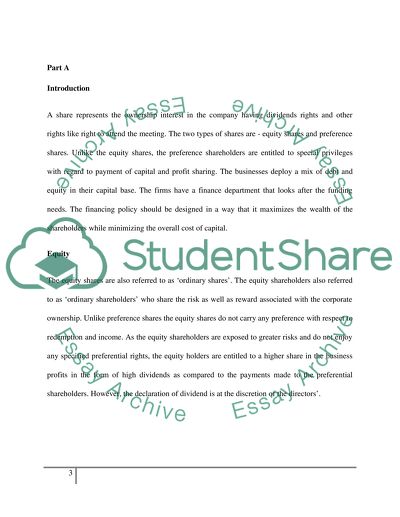Cite this document
(“Financial Management Essay Example | Topics and Well Written Essays - 2500 words - 1”, n.d.)
Retrieved de https://studentshare.org/environmental-studies/1410201-financial-management
Retrieved de https://studentshare.org/environmental-studies/1410201-financial-management
(Financial Management Essay Example | Topics and Well Written Essays - 2500 Words - 1)
https://studentshare.org/environmental-studies/1410201-financial-management.
https://studentshare.org/environmental-studies/1410201-financial-management.
“Financial Management Essay Example | Topics and Well Written Essays - 2500 Words - 1”, n.d. https://studentshare.org/environmental-studies/1410201-financial-management.


